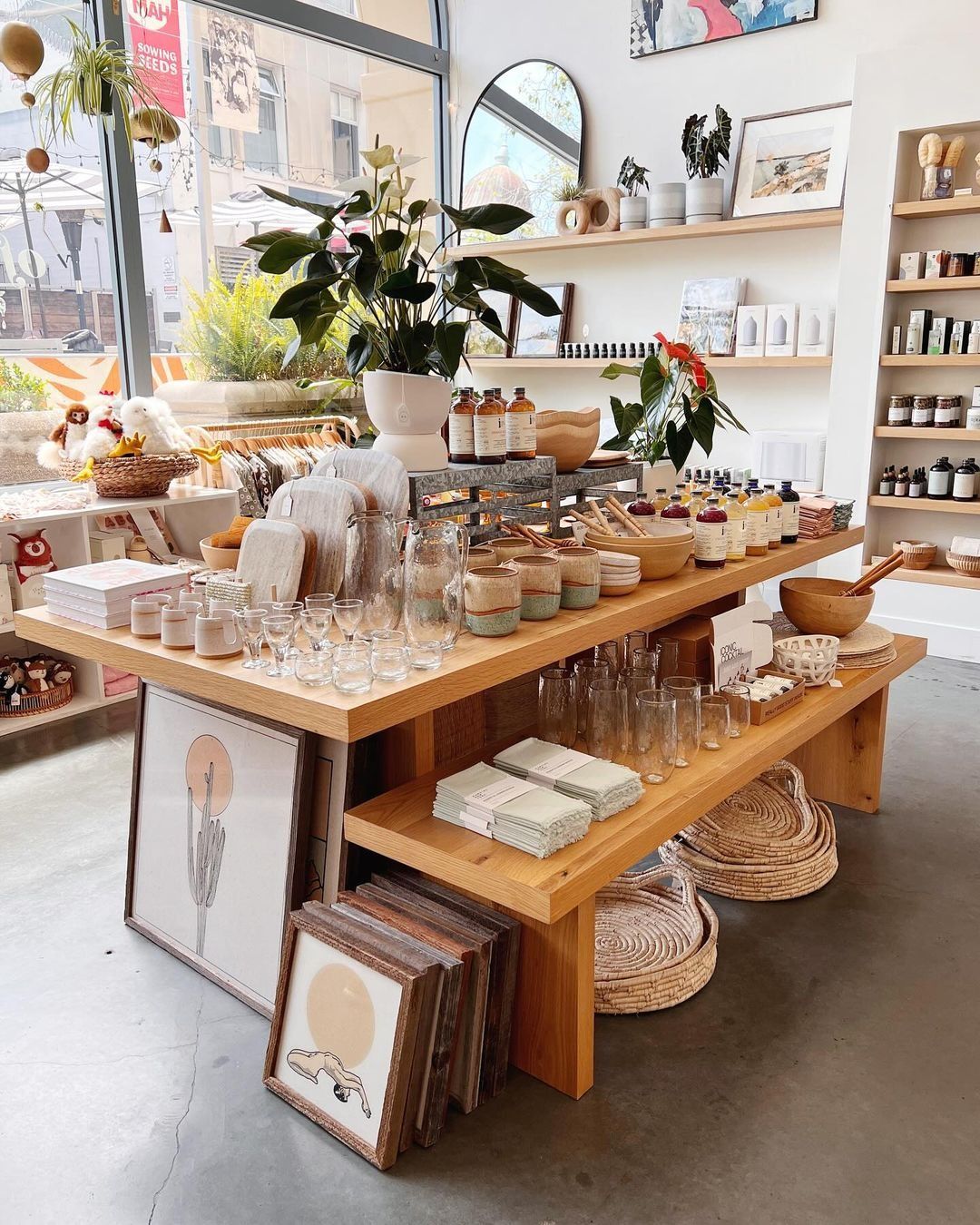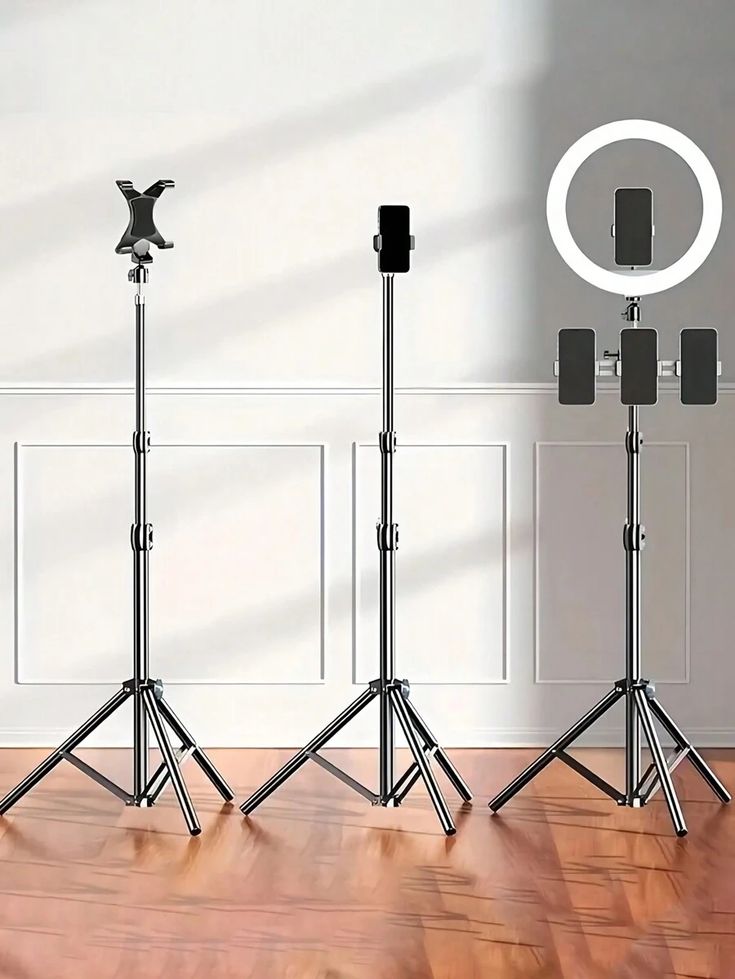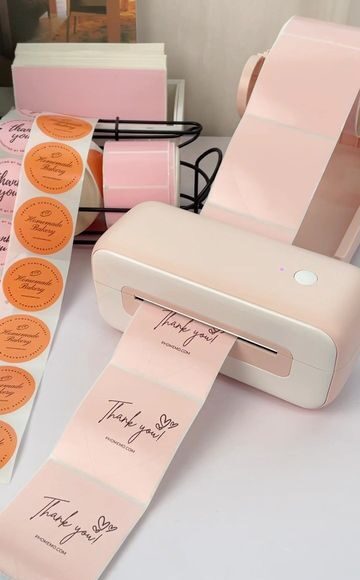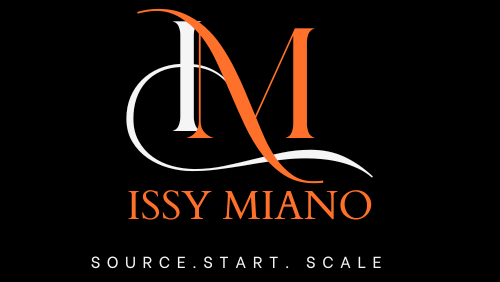🏠 How to Source Profitable Home Décor That Actually Sell (Smart Sourcing Strategy )
Ever bought stock that looked amazing in photos — only to realize no one wanted it?
You’re not alone. Many small business owners waste thousands each year on trendy décor that doesn’t move.
The truth is, profitable sourcing isn’t about what looks pretty — it’s about what sells.
In this guide, I’ll walk you through how to source home goods that actually sell: how to analyze demand, find trustworthy suppliers, and build a balanced inventory that delights your customers and keeps cash flow healthy.
🎁 Before we begin, grab your Kitchenware & Décor Starter Kit — it includes a product demand tracker, sourcing checklist, and margin calculator.
Lorem ipsum dolor sit amet, consectetur adipiscing elit. Ut elit tellus, luctus nec ullamcorper mattis, pulvinar dapibus leo.
🧠 Step 1: Understand What’s Selling — Not Just What’s Trending
Trends come and go fast, but demand data doesn’t lie.
Start by checking:
Amazon Best Sellers (Home & Kitchen)
Pinterest Trends – see what décor themes people are pinning
TikTok Shop & Reels – look for recurring “unboxing” or “aesthetic kitchen” items
Etsy & Wayfair categories – identify consistent best sellers
💡 Issy’s Tip: If you see a product showing up across 3 or more platforms (like bamboo storage jars or neutral ceramics), it’s a good signal it’ll sell consistently.
🪞 Step 2: Choose Your Store’s Core Categories
Don’t try to stock everything. Focus on 2–3 complementary categories that suit your audience:
| Niche | Example Products | Profit Potential |
|---|---|---|
| Kitchen Essentials | cookware, utensils, glass storage | 🔹 High repeat buyers |
| Home Décor | vases, wall art, planters | 🔹 Medium margins |
| Eco & Sustainable | bamboo items, reusable wraps | 🔹 Rising global demand |
| Giftware | decorative sets, scented diffusers | 🔹 Great for holidays |
Having clear categories also helps with SEO and easier supplier negotiations.
.
🛍️ Step 3: Find Verified, Export-Friendly Suppliers
Skip random marketplaces and go straight to trusted wholesale sources.
Here are a few to start with:
Petra Industries – kitchen appliances & home electronics
King Wholesale – general home goods
Creative Co-Op – stylish décor & serveware
Sullivans Home Décor – trending accents & planters
Mud Pie – gift-ready kitchen accessories
📦 Get 100+ verified contacts inside the List of Kitchenware & Décor Suppliers — categorized by USA, UK, and Turkey, including MOQs and shipping info.
💰 Step 4: Calculate Profit Before You Buy
Don’t let emotion decide your inventory — numbers should.
Use this simple formula:
Profit Margin (%) = (Retail Price – Landed Cost) ÷ Retail Price × 100
Include:
Product cost
Shipping or freight
Import duties or VAT
Packaging & marketing cost
✅ Target at least 55–70% margin for home décor and kitchenware.
Use IssyMiano.com’s Break-Even Calculator to forecast monthly profitability.
📦 Step 5: Order Samples & Test Quality
Before committing to bulk orders:
Order 3–5 samples from different vendors.
Inspect weight, finish, and packaging durability.
Check labels for compliance (especially “food safe” or “dishwasher safe”).
Photograph samples to see how they’ll look on your website or Instagram feed.
💬 My rule: If you can’t confidently post a photo of it, don’t sell it.
🧾 Step 6: Test Market Demand Before Bulk Buying
Test first, scale later.
Run a limited “pre-order” campaign on Instagram or your website.
Offer “Coming Soon” sign-ups to gauge demand.
Track interest: if 20+ people sign up or comment within a few days — green light.
This approach prevents dead stock and gives you early sales data before investing more.
🏷️ Step 7: Build Supplier Relationships, Not Transactions
The best suppliers become partners, not just vendors.
Do:
Communicate clearly about lead times and packaging expectations.
Pay invoices on time — reliability earns better MOQs and discounts.
Ask about upcoming product lines; suppliers often preview new ranges to loyal clients first.
💡 Issy’s Tip: I’ve received free samples and early access to best-selling décor lines simply because I kept regular contact with my suppliers.
🪴 Step 8: Curate a “Balanced” Inventory
A profitable home goods collection should include:
Evergreen items: Neutral colors, minimal designs (always in demand).
Seasonal items: Festive or limited-edition pieces (boost Q4 revenue).
Impulse items: Low-cost accessories that increase average order value.
📈 Track what sells fastest each quarter. Double-down on your top 10 SKUs — that’s where your real profit lies.
📸 Marketing & Merchandising Tips
Style your photos in natural light with lifestyle backdrops.
Add “Shop the Look” bundles — customers buy full sets.
Use Pinterest pins linking back to product pages.
Create videos unpacking your new arrivals or setting up displays.
Remember: People don’t just buy products — they buy a feeling of home.
🧠 Common Mistakes New Retailers Make
❌ Buying what you like instead of what sells.
❌ Ignoring shipping costs when calculating margins.
❌ Ordering bulk stock before testing demand.
❌ Not labeling fragile items correctly (see Fragile Packaging Guide).
Avoid these early, and your sourcing journey will be far smoother.
🔗 Related Resources on IssyMiano.com
Top 30 Kitchenware Wholesalers in the USA (MOQs + Best Sellers)
Packaging Fragile Kitchenware for Retail: Zero-Breakage Guide
❓ FAQs
1. What are the most profitable home goods to sell?
Neutral décor, dinnerware, and storage items have consistent demand all year.
2. How can I find new trends early?
Follow trade shows (e.g., NY NOW, Atlanta Market) and suppliers’ social media for product previews.
3. What’s a safe MOQ for new retailers?
Start with $200–$400 orders per vendor until you identify your best sellers.
4. Can I mix different product categories in one order?
Yes, most wholesalers allow mixed cartons for small retailers.
5. Should I buy from U.S. or overseas suppliers?
Start with local or U.S. wholesalers for quality and faster shipping. Expand to overseas (Turkey, China, Vietnam) once you understand demand.
✨ Conclusion
Sourcing the right home goods isn’t about luck — it’s about research, numbers, and relationships. The best-selling stores aren’t those that carry the most items, but those that curate intentionally.
Download your Kitchenware & Décor Starter Kit to build your sourcing strategy, and check out the List of Kitchenware & Décor Suppliers to connect with vetted, export-ready wholesalers.
Because in retail, the products you choose today decide your profits tomorrow. 🛍️
Home Decor Store Essentials

Display & Merchandising Tools

Photography & Content Creation Tools

Packaging & Shipping Supplies

Worldwide Shipping
It elit tellus, luctus nec ullamcorper mattis, pulvinar dapibus leo.

Best Quality
It elit tellus, luctus nec ullamcorper mattis, pulvinar dapibus leo.

Best Offers
It elit tellus, luctus nec ullamcorper mattis, pulvinar dapibus leo.

Secure Payments
It elit tellus, luctus nec ullamcorper mattis, pulvinar dapibus leo.


